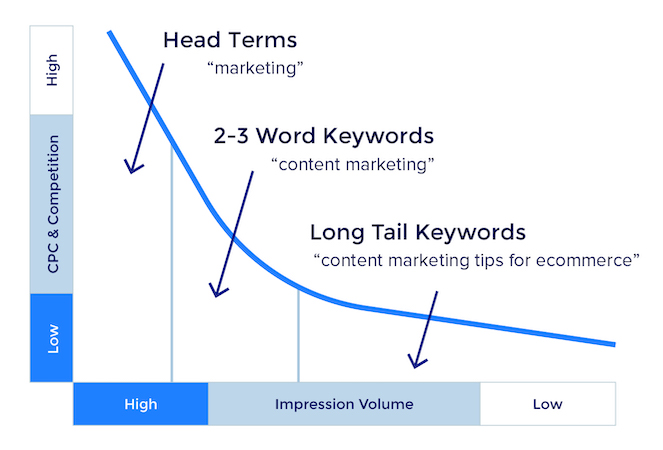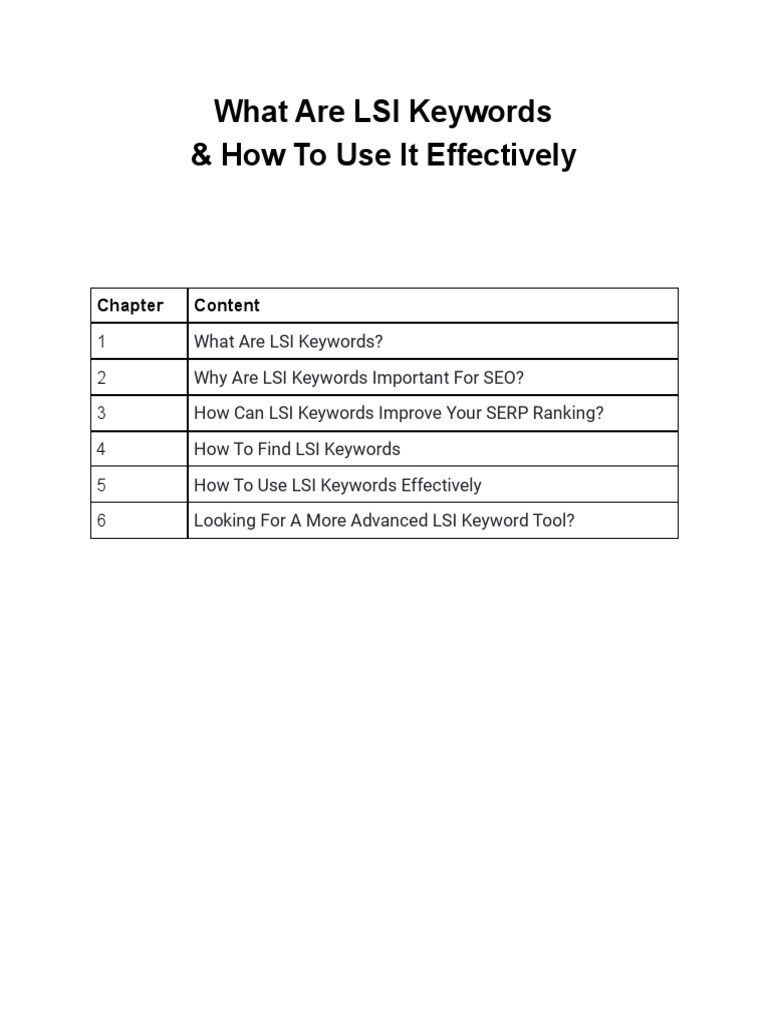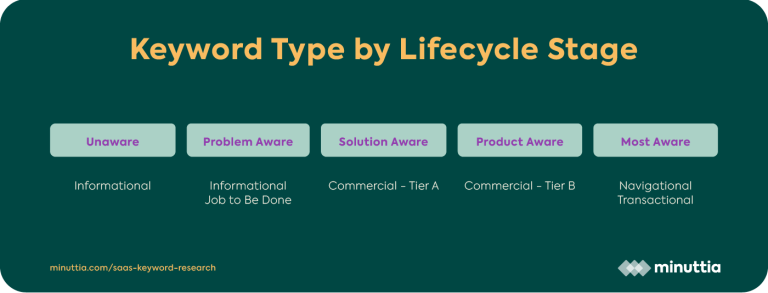
In the ever-evolving world of digital marketing, understanding the nuances of search engine optimization (SEO) is crucial for businesses aiming to thrive online. One of the most powerful tools in an SEO strategist’s arsenal is the use of long tail keywords. These specific, targeted phrases play a pivotal role in driving relevant traffic to your website and improving your search engine rankings. In this article, we will explore what long tail keywords are, how they differ from short-tail keywords, and why they are essential for any effective SEO strategy.
Understanding Long Tail Keywords
Long tail keywords are search queries that are typically longer and more specific than traditional, short-tail keywords. While short-tail keywords might be as simple as “shoes” or “digital marketing,” long tail keywords often consist of three or more words, such as “best running shoes for flat feet” or “how to start a blog for free.” These phrases are designed to capture the intent of users who are further along in their decision-making process, making them highly valuable for businesses looking to convert visitors into customers.
Key Characteristics of Long Tail Keywords
- Specificity: Long tail keywords are more targeted and specific, which means they often reflect the exact needs or questions of users.
- Lower Search Volume: Unlike short-tail keywords, long tail keywords generally have lower search volumes. However, this doesn’t mean they are less valuable; instead, it indicates that they are more niche and less competitive.
- Higher Conversion Rates: Because they are more specific, long tail keywords tend to attract users who are closer to making a purchase or taking a desired action, leading to higher conversion rates.
The Difference Between Short-Tail and Long-Tail Keywords
To fully appreciate the value of long tail keywords, it’s important to understand how they contrast with short-tail keywords:
Short-Tail Keywords
Short-tail keywords are typically one to three words long and are broad in nature. Examples include “digital marketing,” “interior design,” or “buy shoes.” These keywords usually have high search volumes, making them highly competitive. However, the traffic they generate may not always be highly targeted. For instance, someone searching for “digital marketing” might be looking for anything from basic information to advanced services, making it challenging to cater to their specific needs.
While short-tail keywords can drive large amounts of traffic, this traffic may not always translate into conversions. As a result, short-tail keywords often have lower conversion rates compared to their long-tail counterparts.
Long-Tail Keywords
Long-tail keywords, on the other hand, are more specific and typically consist of three or more words. Examples include “Top digital marketing services in Bangalore” or “best running shoes for flat feet.” These keywords have lower search volumes but are less competitive, making them easier to rank for, especially for smaller businesses.
Because long-tail keywords are more targeted, they tend to attract users who are closer to making a purchase decision. For instance, someone searching for “digital marketing services in Bangalore” is likely looking for a specific solution and is more likely to convert into a customer.
Why Long Tail Keywords Matter for SEO
There are several compelling reasons why long tail keywords should be a cornerstone of your SEO strategy:
1. Lower Competition
One of the most significant advantages of long tail keywords is that they are generally less competitive. This means that even smaller businesses with limited resources can compete effectively for these keywords. By targeting long tail keywords, you increase your chances of ranking higher on search engine results pages (SERPs) without the need for extensive backlink building or massive budgets.
2. Higher Conversion Rates

As mentioned earlier, long tail keywords attract users who are more likely to convert into customers. This is because they are more specific and reflect the exact needs or questions of users. For example, someone searching for “best running shoes for flat feet” is likely looking for a specific product, making them more inclined to make a purchase compared to someone searching for “shoes.”
3. Better User Intent Alignment
Long tail keywords allow you to align more closely with user intent. When users type in a long tail keyword, they often have a clear idea of what they are looking for. This makes it easier for you to create content that directly addresses their needs, resulting in a better user experience and higher engagement.
4. Improved Content Relevance
By focusing on long tail keywords, you can create content that is more relevant to your target audience. This not only helps with SEO but also enhances the overall user experience on your website. When users find content that answers their specific questions or solves their problems, they are more likely to stay on your site, engage with your content, and eventually convert.
5. Diversification of Traffic Sources
Relying solely on short-tail keywords can limit your traffic sources. By incorporating long tail keywords into your strategy, you can diversify your traffic and reach a broader audience. This is particularly beneficial for businesses operating in niche markets where short-tail keywords may not be as effective.
How to Find and Use Long Tail Keywords
Finding the right long tail keywords requires a combination of research, analysis, and strategic planning. Here are some effective methods to identify and utilize long tail keywords:
1. Use Keyword Research Tools
Tools like Google Keyword Planner, SEMrush, and Ahrefs can help you discover long tail keywords related to your niche. These tools provide insights into search volume, competition levels, and other relevant metrics, allowing you to make informed decisions about which keywords to target.
2. Analyze Competitors
Looking at the keywords your competitors are ranking for can provide valuable insights. Tools like Ahrefs’ Site Explorer allow you to see which long tail keywords are driving traffic to your competitors’ websites. This information can help you identify opportunities to target similar keywords and improve your own rankings.
3. Leverage Google’s Autocomplete Feature
Google’s autocomplete feature can be a goldmine for finding long tail keywords. By typing in your base term and observing the suggestions that appear, you can uncover potential long tail keywords that users are searching for. This method is particularly useful for identifying common questions and concerns within your industry.
4. Explore Forums and Communities
Forums, Q&A sites, and social media platforms are excellent places to gather insights into the questions and topics that matter most to your audience. Platforms like Reddit, Quora, and niche forums can provide valuable long tail keyword ideas that you might not find through traditional research methods.
5. Optimize Existing Content
Don’t forget to look at your existing content for opportunities to incorporate long tail keywords. By analyzing your current pages and identifying areas where you can add relevant long tail keywords, you can improve your SEO performance without starting from scratch.
Best Practices for Using Long Tail Keywords
Once you’ve identified the right long tail keywords, it’s essential to use them effectively to maximize their impact. Here are some best practices to keep in mind:
1. Focus on Relevance
Ensure that the long tail keywords you choose are relevant to your business and the content you’re creating. Irrelevant keywords may attract traffic, but they won’t lead to conversions or engagement. Always prioritize keywords that align with your products, services, and target audience.
2. Use Natural Language
Avoid keyword stuffing, which can negatively impact your SEO and user experience. Instead, focus on using natural language that flows well and provides value to your readers. Incorporate long tail keywords organically into your content, ensuring that they enhance the readability and relevance of your pages.
3. Monitor Performance
Regularly monitor the performance of your long tail keywords to see what’s working and what’s not. Use tools like Google Analytics and Search Console to track your rankings, traffic, and conversions. This data will help you refine your strategy and make adjustments as needed.
4. Update Content Regularly
The digital landscape is constantly changing, so it’s important to update your content regularly to stay relevant. By revisiting and updating your pages with new long tail keywords, you can maintain your rankings and continue to attract organic traffic.
5. Combine with Short-Tail Keywords
While long tail keywords are powerful, they shouldn’t be used in isolation. A balanced approach that combines both short-tail and long tail keywords can help you reach a broader audience while still targeting specific, high-intent searches. This strategy allows you to build brand awareness and drive conversions simultaneously.
Conclusion
In conclusion, long tail keywords are a vital component of any successful SEO strategy. Their specificity, lower competition, and higher conversion rates make them an invaluable tool for businesses looking to improve their online visibility and drive targeted traffic. By understanding the differences between short-tail and long tail keywords and implementing effective strategies for finding and using long tail keywords, you can significantly enhance your SEO efforts and achieve greater success in the digital marketplace.
Whether you’re just starting out or looking to refine your existing strategy, incorporating long tail keywords into your SEO plan is a smart move that can yield substantial results. With the right approach and ongoing optimization, you’ll be well on your way to attracting the right audience and achieving your business goals.







